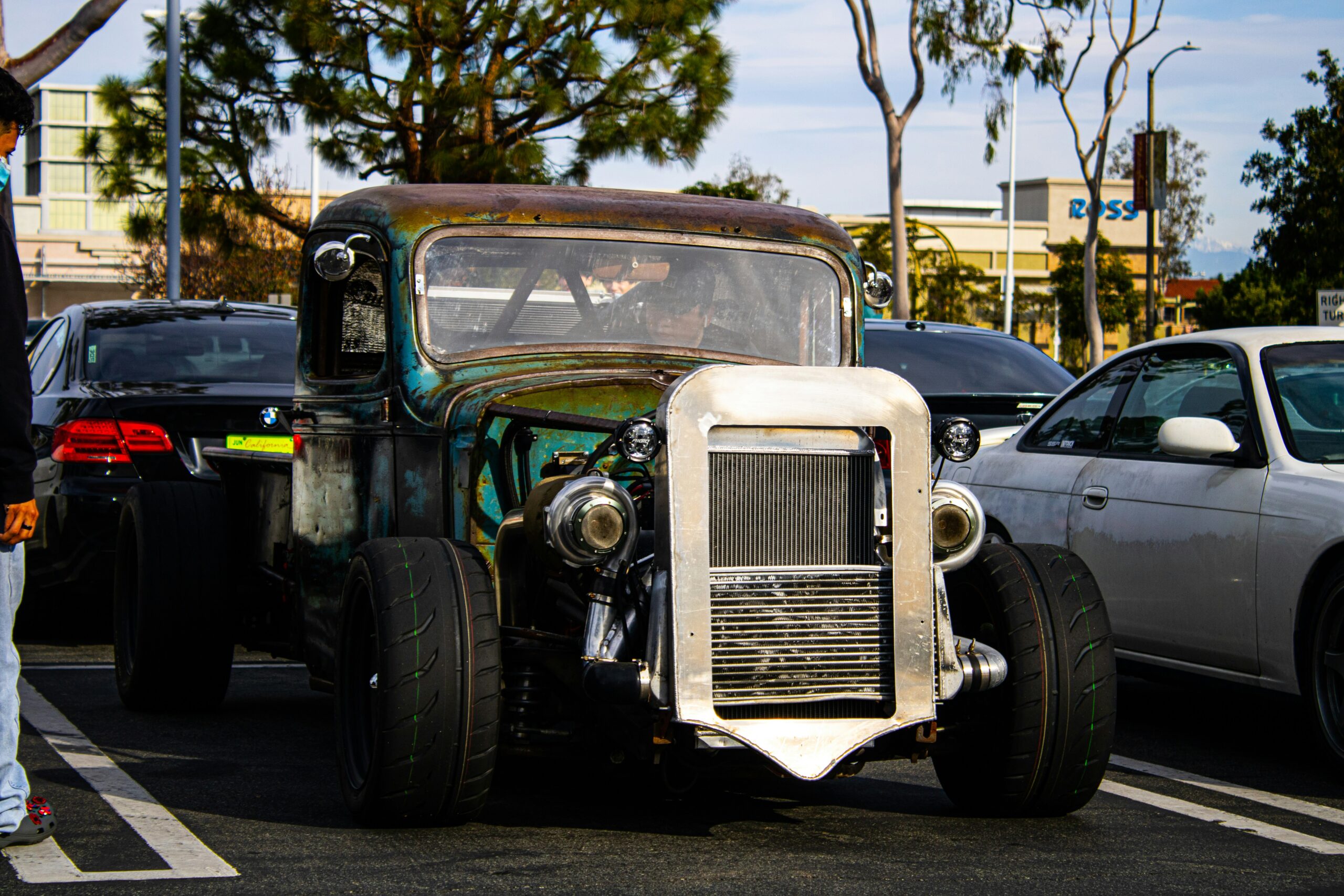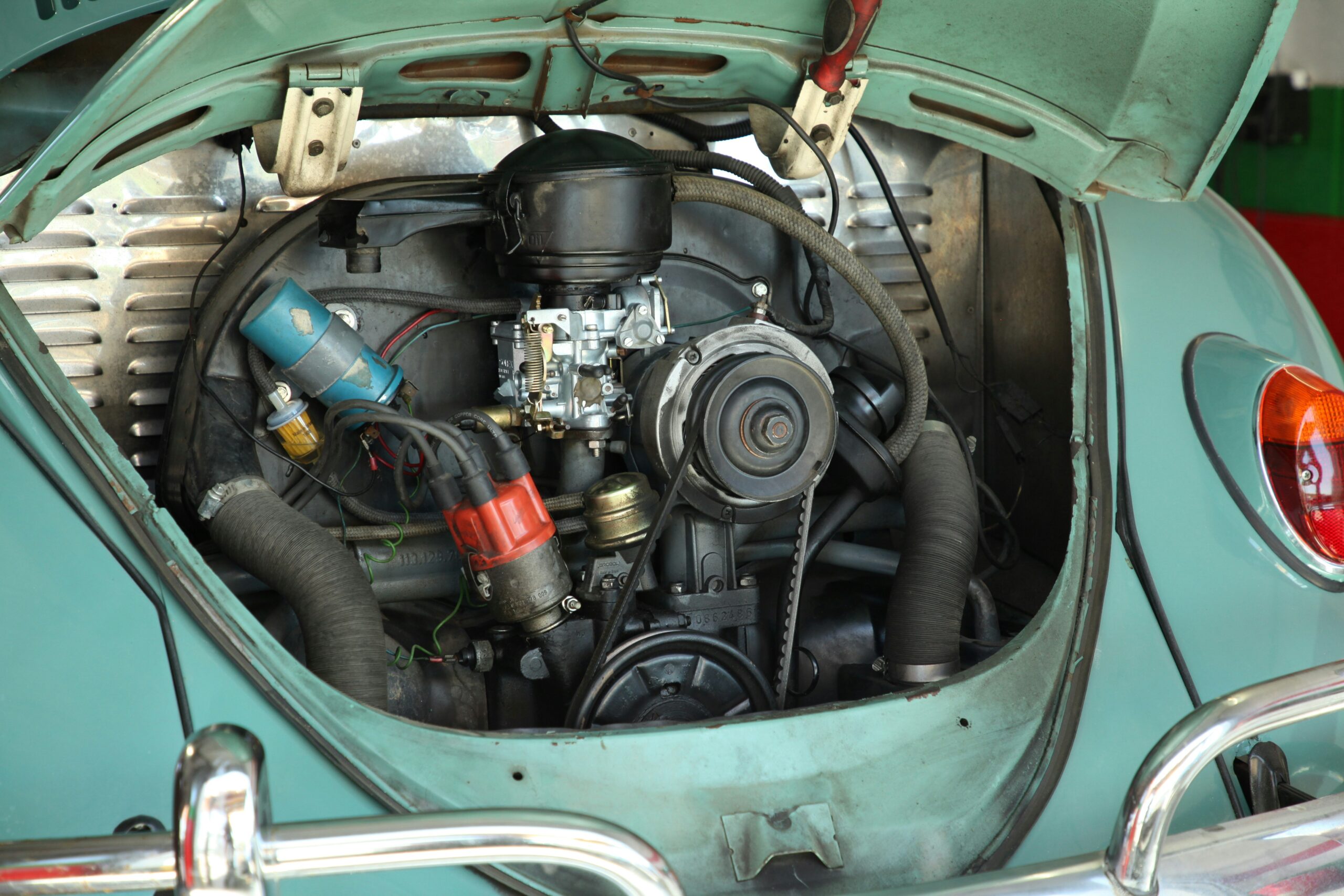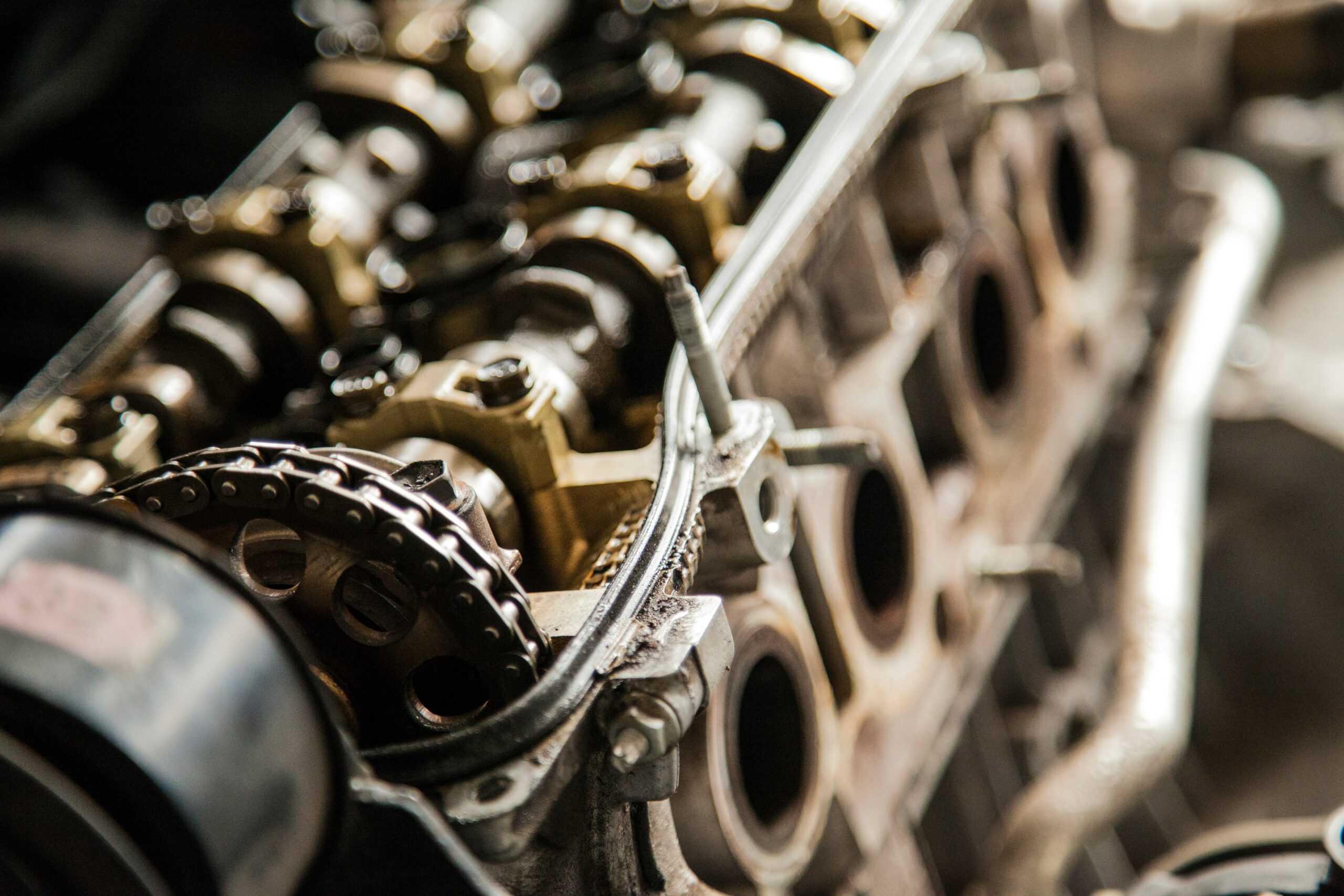- Your cart is empty
- Continue Shopping
Car Tie Rod: Function, Importance, and Maintenance

When it comes to steering and handling, the tie rod is one of the most important parts of your car’s suspension and steering system. Though small in size, it plays a big role in keeping your vehicle stable, aligned, and responsive on the road. Understanding how it works can help drivers recognise problems early and maintain safe driving conditions.
What Is a Tie Rod?
A tie rod is a vital component of the steering system that connects the steering rack or center link to the wheels. Its main job is to transmit steering force so that when you turn the steering wheel, the wheels respond accurately.
Most vehicles use two types of tie rods:
- Inner Tie Rods – Connected to the steering rack.
- Outer Tie Rods – Connected to the steering knuckle, allowing the wheels to pivot.
Together, they ensure proper steering and alignment.
Functions of a Tie Rod
- Steering Control
- Transfers movement from the steering gear to the wheel assembly.
- Wheel Alignment
- Keeps wheels pointing in the right direction, reducing tire wear.
- Stability
- Helps maintain smooth, controlled driving even on rough roads.
- Safety
- Ensures that steering inputs translate directly to wheel movements.
Signs of a Bad Tie Rod
A failing tie rod can cause steering and safety problems. Look out for these symptoms:
- Uneven Tire Wear – Worn tie rods can cause misalignment, leading to one-sided tire wear.
- Loose or Shaky Steering – Steering feels unstable or the wheel shakes, especially at higher speeds.
- Clunking or Knocking Sounds – Noises when turning the wheel may indicate looseness in the tie rod.
- Pulling to One Side – The car drifts left or right, even on a straight road.
- Poor Alignment – Difficulty keeping the car straight without constant correction.
Causes of Tie Rod Failure
- Normal Wear and Tear – Tie rods wear out over time due to constant use.
- Lack of Lubrication – Dry joints can cause friction and faster wear.
- Road Conditions – Potholes, bumps, and rough terrain put stress on tie rods.
- Corrosion – Rust and dirt can weaken the tie rod’s structural integrity.
Maintenance & Replacement
- Regular Inspections: Mechanics often check tie rods during wheel alignment or suspension service.
- Lubrication: Some tie rods have grease fittings; keeping them lubricated extends their life.
- Replacement: If a tie rod is damaged, it must be replaced immediately. Driving with a bad tie rod can lead to steering failure.
- Wheel Alignment After Replacement: Always get an alignment after changing tie rods to ensure proper handling.
The tie rod may be a small part, but it’s essential for safety, steering accuracy, and vehicle stability. Recognizing the signs of wear early and replacing faulty tie rods can prevent bigger problems, from premature tire wear to dangerous steering failures. Regular maintenance ensures your tie rods keep your car safe and responsive on the road.




